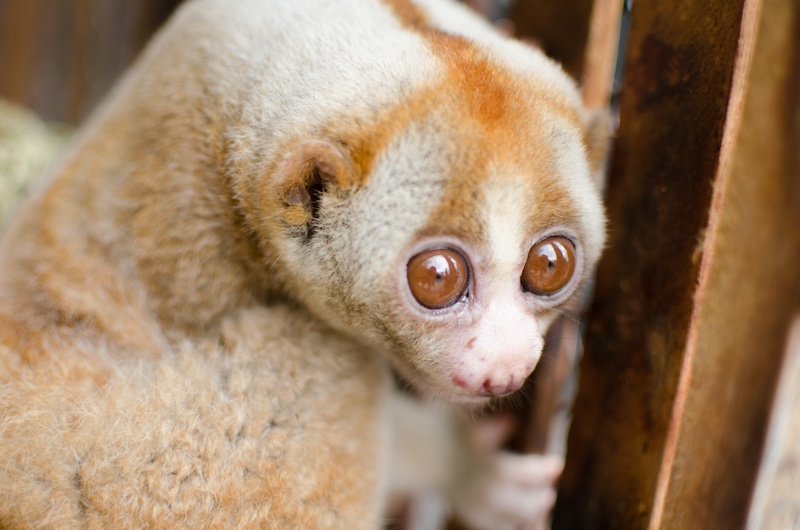When we think of poisonous animals, the usual suspects come to mind: snakes, spiders, and scorpions. However, the animal kingdom is vast, and many creatures possess venomous or poisonous traits that are not widely known. These hidden dangers can be found in some of the most unsuspecting animals. Here’s a list of ten animals you might not have known were poisonous.
1. Blue-Ringed Octopus

The blue-ringed octopus is a small but deadly marine creature. Found in the waters of the Pacific and Indian Oceans, this octopus is renowned for its vibrant blue rings. Despite its small size, the venom of a blue-ringed octopus is powerful enough to cause paralysis and even death in humans. The venom contains tetrodotoxin, a potent neurotoxin that can cause respiratory failure.
2. Slow Loris
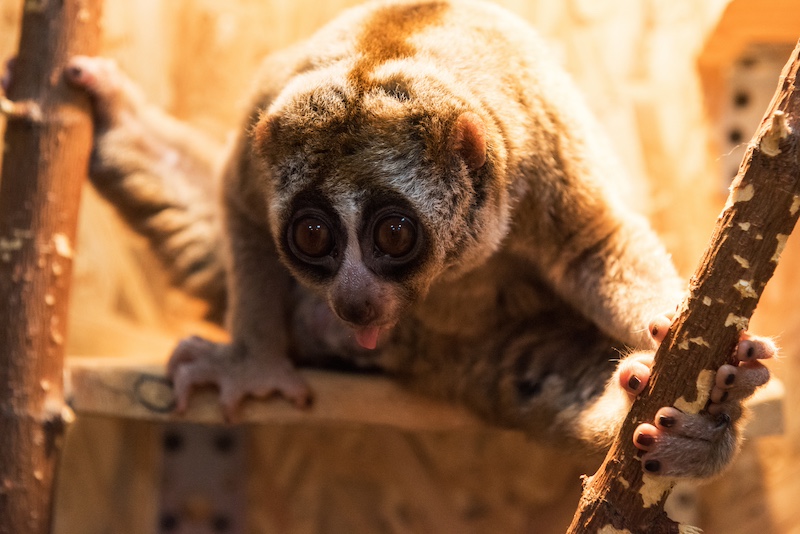
The slow loris, a small primate native to Southeast Asia, may appear cuddly and cute, but it harbors a dangerous secret. This nocturnal animal has a gland in its elbow that produces a toxic secretion. When threatened, the slow loris licks its elbow and delivers a venomous bite. The venom can cause severe pain, swelling, and, in some cases, anaphylactic shock.
3. Hooded Pitohui
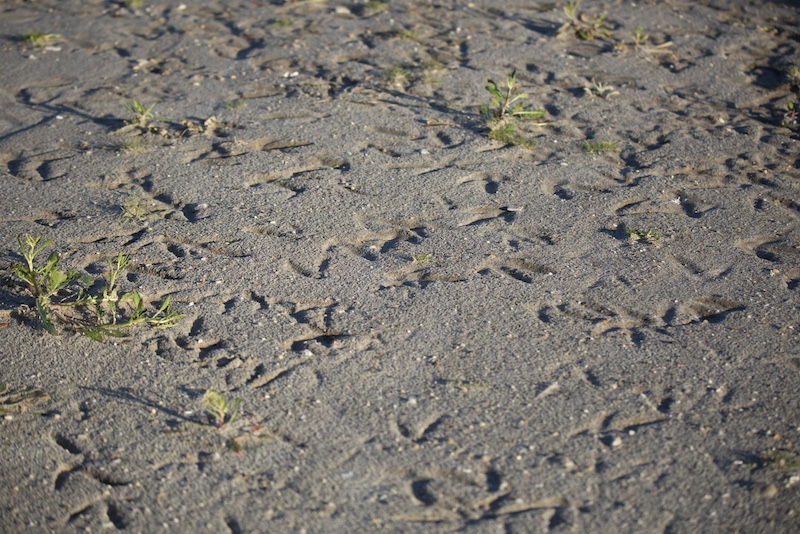
Birds are not typically associated with poison, but the hooded pitohui from New Guinea is an exception. This brightly colored bird contains batrachotoxin in its skin and feathers, the same toxin found in poison dart frogs. Handling the bird can cause numbness and tingling, and ingestion can be fatal.
4. Cane Toad
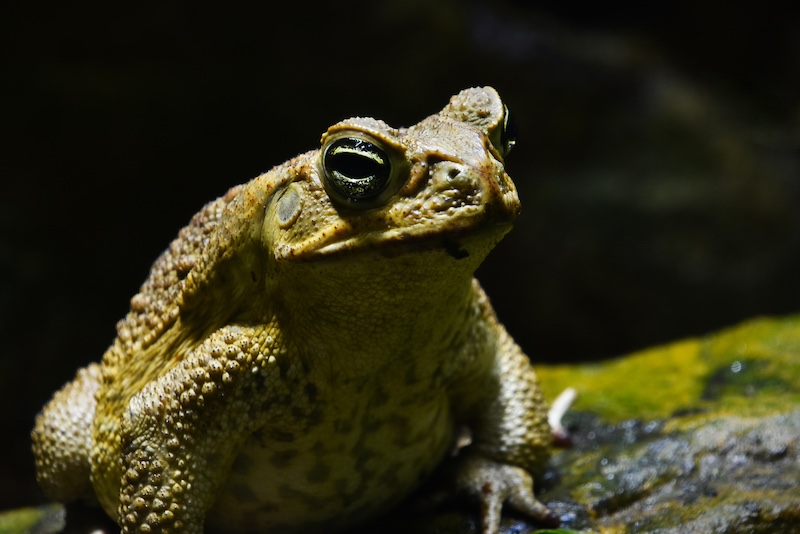
The cane toad, native to Central and South America, is well known for its invasive status in countries like Australia. What many don’t realize is that this toad secretes a potent toxin from its parotoid glands. The toxin can cause serious harm to predators and humans alike, leading to cardiac arrest in severe cases.
5. Ruffed Grouse
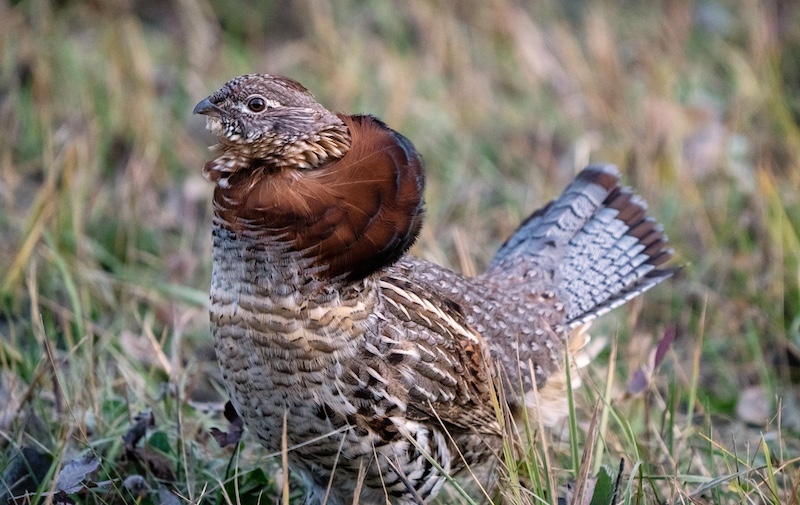
The ruffed grouse, a bird native to North America, may seem like an unlikely candidate for this list, but it has a surprising poisonous trait. During the winter months, ruffed grouse feed on the buds and leaves of certain trees, such as mountain laurel and other toxic plants. These plants contain toxic compounds like andromedotoxin, which can accumulate in the grouse’s tissues. Although the grouse itself is not inherently toxic, consuming one that has fed heavily on these plants can cause symptoms of poisoning in humans, such as nausea, vomiting, and dizziness. Hunters and those preparing wild game should be aware of this potential risk.
6. Gila Monster
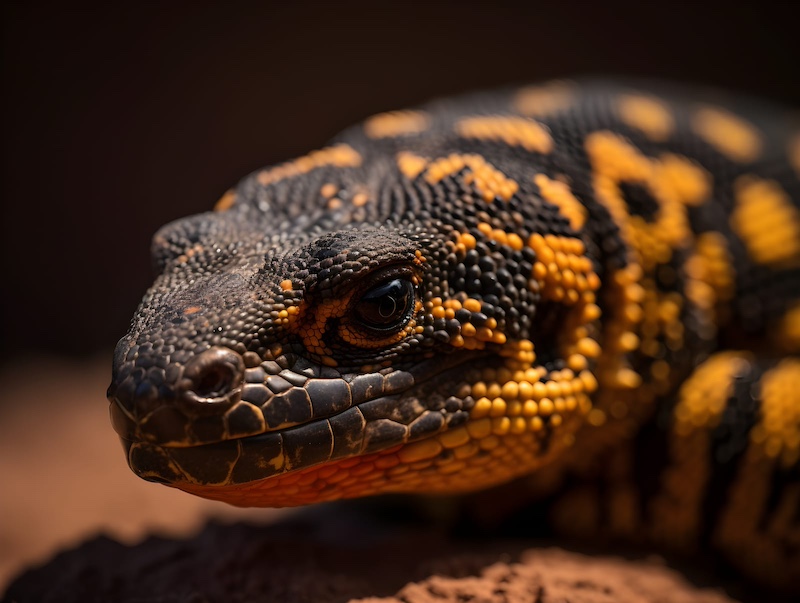
The Gila monster is one of the few venomous lizards in the world. Native to the southwestern United States and northern Mexico, this lizard has venom glands in its lower jaw. A bite can cause excruciating pain, swelling, and nausea. While not typically deadly to humans, the Gila monster’s bite is a serious medical concern.
7. Platypus

The platypus, an oddity among mammals, is not only unique for its duck-bill but also for its venomous spur. Male platypuses have a spur on their hind limbs that can deliver a painful venom capable of causing swelling and severe pain. The venom is not lethal to humans, but the pain can last for days or even weeks.
8. Shrew
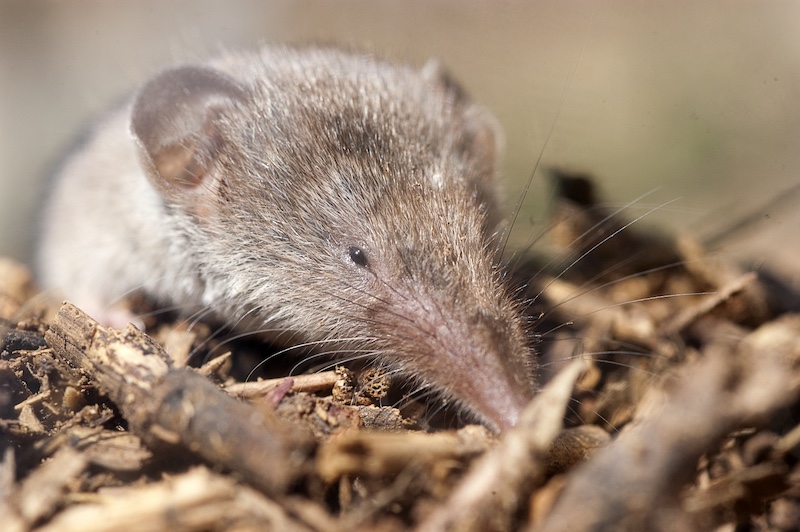
Unlike most mammals, certain species of shrews, such as the Eurasian water shrew and the American short-tailed shrew, possess venomous saliva. The shrew’s venom is delivered through grooves in its teeth and can immobilize its prey, which includes insects and small vertebrates. While shrew venom is not lethal to humans, a bite can cause irritation, swelling, and pain.
9. Cone Snail
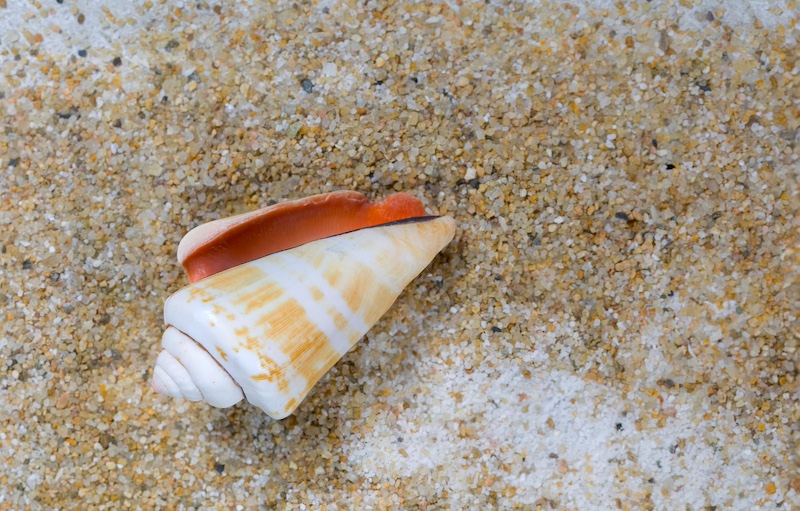
Cone snails, found in warm tropical waters, are beautiful yet dangerous. They have a harpoon-like tooth that delivers venom capable of paralyzing their prey almost instantly. The venom can cause respiratory failure in humans, and there is no known antidote. Handling these snails is strongly discouraged.
10. Pufferfish
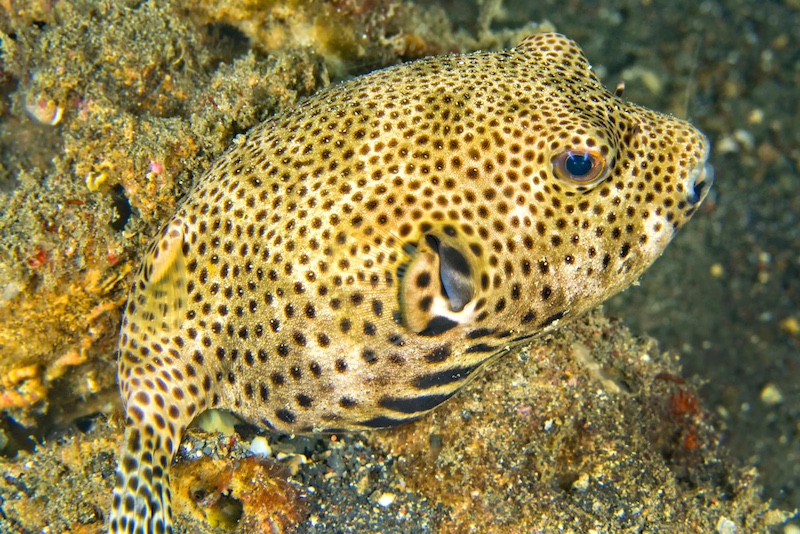
Pufferfish are infamous for their tetrodotoxin, a potent neurotoxin found in their organs. This toxin is about 1,200 times more poisonous than cyanide. In Japan, the fish is considered a delicacy, but improper preparation can be deadly. The smallest mistake can result in poisoning, leading to paralysis and death.

